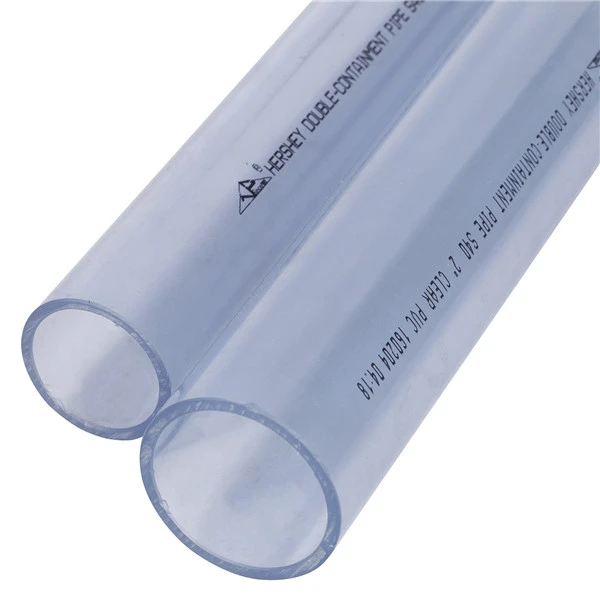ታኅሣ . 30, 2024 19:26 Back to list
Different Types of Welding Rods for Various Applications and Techniques
Understanding Welding Rod Types
Welding is a vital process in manufacturing and construction, enabling the joining of various materials primarily metals. Among the key components in welding operations are welding rods, also known as filler materials. These rods are crucial as they provide the necessary material to form a strong joint. Choosing the right type of welding rod is fundamental for the success of any welding job. This article delves into the different types of welding rods and their specific applications.
1. Mild Steel Welding Rods
Mild steel welding rods are among the most commonly used types in arc welding. With a composition that typically includes 0.05% to 0.25% carbon, these rods are ideal for welding mild steel. They are favored for their ease of use and versatility, making them suitable for a range of applications, from small repairs to large-scale fabrication. Two popular classification systems for mild steel rods are ER70S-3 and ER70S-6, with the latter providing better deposition rates and usability in less-than-perfect conditions.
2. Stainless Steel Welding Rods
For projects requiring corrosion resistance, stainless steel welding rods are the go-to option. Composed mainly of iron, carbon, and chromium, these rods deliver strong joints that withstand harsh environments. They come in various grades, such as 308L and 316L, each suited for different applications. The 308L is common for welding austenitic stainless steels, while the 316L includes molybdenum for enhanced corrosion resistance in chloride environments.
3. Cast Iron Welding Rods
Welding cast iron presents unique challenges due to its brittleness. For this reason, special rods designed for this material are essential. Cast iron welding rods are typically made from high-carbon content or nickel-based materials that can withstand the thermal stresses induced during the welding process. Using these rods, welders can produce high-quality joints that maintain the integrity of the cast iron structure while minimizing the risk of cracking.
welding rod types

4. Aluminum Welding Rods
Aluminum has become increasingly popular in industries due to its lightweight nature and resistance to corrosion. Welding aluminum requires specialized rods that can accommodate its unique properties. Typically made from alloys like 4047 and 4045, these rods are essential for producing clean, strong welds. It’s important to note that aluminum welding requires particular techniques and equipment, typically involving gas tungsten arc welding (GTAW) or metal inert gas (MIG) methods for optimal results.
5. Tungsten Electrodes
Although not a welding rod in the traditional sense, tungsten electrodes play a crucial role in the welding process, especially in TIG (Tungsten Inert Gas) welding. Available in pure tungsten as well as various alloyed options like thoriated and zirconiated, the choice of electrode affects arc stability and weld quality. Pure tungsten electrodes are well-suited for AC welding of aluminum, while thoriated versions enhance performance for DC applications involving steel and stainless steel.
6. Flux Cored Welding Rods
Flux cored welding rods are designed for specific processes that require shielding from contaminants. They consist of a hollow core filled with flux, which melts and provides a protective atmosphere during the welding process. This type of welding rod is beneficial for outdoors or windy environments where traditional shielding gases may be ineffective. They save time and reduce the need for external shielding gas, enhancing productivity.
Conclusion
Selecting the appropriate welding rod for a project can directly influence the quality, strength, and durability of the weld. Each type of welding rod has its specific applications, advantages, and limitations. A successful welder must understand these various types and how they align with the materials and conditions of the job at hand. As industries evolve and new materials emerge, the choices for welding rods will continue to expand, and staying informed is critical for professionals in the field. Whether working with steel, aluminum, or special alloys, the right welding rod is key to achieving optimal results in any welding application.
-
Durable PP Rigid Sheet: Lightweight, Chemical Resistant Solutions
NewsAug.21,2025
-
PVC Grey Sheet for Extraction: Chemical Resistant & Durable
NewsAug.19,2025
-
Durable PVC Pipe Fittings for Plumbing & Irrigation Needs
NewsAug.18,2025
-
HDPE Steel Belt Reinforced Spiral Corrugated Pipe | High Strength
NewsAug.17,2025
-
HDPE Pipe Fittings: Durable, Leak-Proof Solutions
NewsAug.16,2025
-
Premium CPVC Sheet: High-Temp & Chemical Resistant Solutions
NewsAug.15,2025

